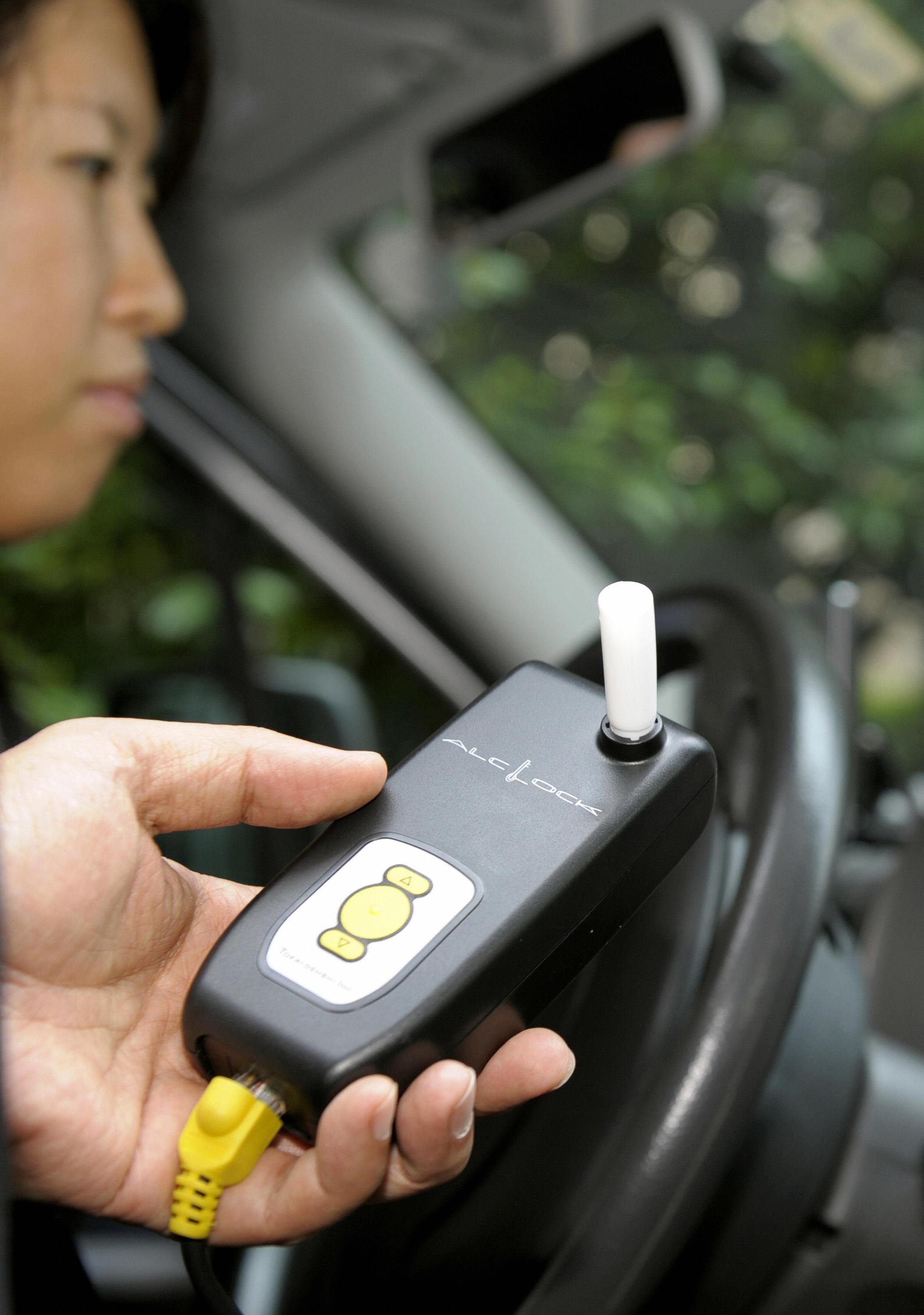Crime is Slate’s crime blog. Like us on Facebook, and follow us on Twitter @slatecrime.
Casey McNerthney of Seattle-area television station KIRO 7 had an absurd story yesterday that’s amusing on first read but gets less so the more you think about it. Omar Medina, a habitual drunk driver, was approached by police outside Seattle after locals reported seeing a man driving erratically through a 7-Eleven parking lot. When the responding officer asked for his identification, Medina handed him a can of Miller Lite, presumably because, as beer commercials imply, you can tell a lot about a man based on the kind of beer he drinks. Medina was arrested, obviously, and authorities later noted that his car was supposed to have an ignition interlock device, but didn’t, and that Medina had been convicted twice before for driving without an ignition interlock.
The thing that struck me about this story, other than that Medina must have been extremely drunk, was that it shouldn’t be that easy for drunk drivers to get around technology that’s supposed to prevent them from driving while soused. An ignition interlock device is a gadget that measures a driver’s blood alcohol content; if the BAC is above a certain level, the car won’t start. It’s an effective way to reduce DUI recidivism, and it’s a critical part of a multifaceted public health approach to drunken-driving prevention.
With earlier generations of ignition interlock technology, a determined drunk driver could often find a way to defeat the installed device, usually by getting a sober friend to blow into it and get the car started. But these devices are more sophisticated nowadays. Some of them will force the driver to blow a second time, once the car is on the road; if the driver’s BAC is too high, an alarm will sound until the car is turned off. Earlier this year, a Washington state law went into effect mandating that cameras be installed in the car of any ignition interlock user who has been arrested for a DUI-related offense, just to make extra sure that the correct person is blowing into the device.
But there are still ways around the devices. In Washington state, courts can mandate the installation of ignition interlock devices, for various lengths of time, for drivers convicted of DUI offenses. But it’s the driver’s responsibility to get the device installed, and to bear all associated costs. The state normally has nothing to do with the installation process. Now, ostensibly there are ways for the state to ensure that the device has been installed. According to Sgt. Ken Denton of the Washington State Patrol, a person convicted of a DUI offense is required to provide proof that an ignition interlock device has been installed in his vehicle in order to receive a special ignition interlock driver’s license, which notes that the driver is only allowed to operate vehicles that contain an interlock device. If the person doesn’t provide any proof, then his or her driving privileges will be suspended or revoked.
This seems to work most of the time; statistics from 2008 and 2009 show that roughly three-quarters of the Seattle-area drivers who were supposed to be using ignition interlocks actually used them. But that still leaves about 25 percent who didn’t, and I’m guessing that many of those were repeat offenders like Medina, who don’t really care about having their driving privileges revoked, since they’re happy to drive without a license anyway. Twenty-five percent is way too high.
Ignition interlock devices are undeniably effective once they’re installed. But there ought to be a better way to ensure that people actually install them. Seriously, these devices ought to be installed before an offender leaves the courtroom, not after. That would go a long way toward reducing the number of recidivist drunk drivers who are flouting the law.
